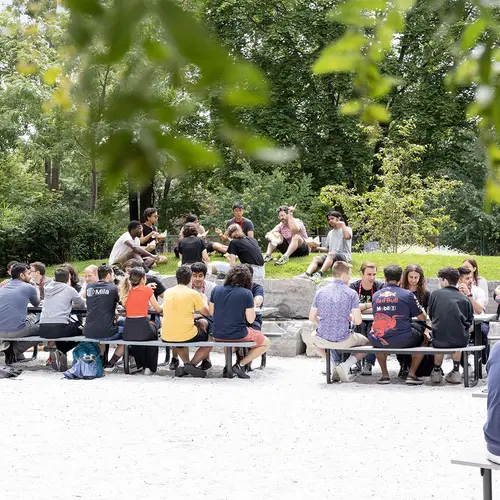
Abhinav Gupta
Doctorat - UdeM
Superviseur⋅e principal⋅e
Sujets de recherche
Agent basé sur un LLM
Apprentissage par renforcement
Apprentissage profond
Grands modèles de langage (LLM)
Planification
Raisonnement
Traitement du langage naturel


